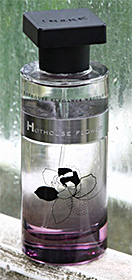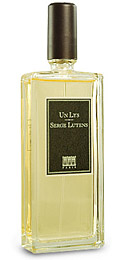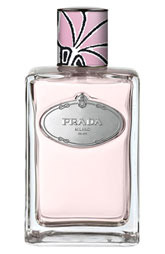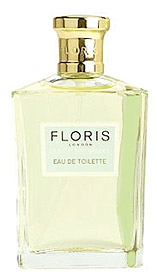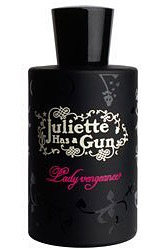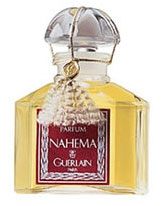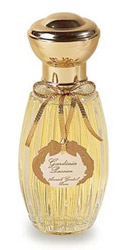Much thanks to Deb at LuvParfum for a sample of Roger & Gallet’s Oeillet Bleu. My obsession with vintage fragrances hits a peak every time I visit her website. I really don’t know what’s stopping me from buying everything in sight.
In Bottle: Unmistakably vintage with a spicy floral opening. I get carnation in a big way, in the sort of way you don’t get these days because big carnation like this could scare off those faint of heart.
Applied: Spicy carnation. Lots of floral and plenty of clove to leaven it. This is green but makes me think of oranges and reds instead. I guess I needed a color that embodied the heat and passion that I get when I smell this. Oeillet Bleu is vibrant even after all these years and has a beautiful leathery vanilla base that complements it painfully well. I wasn’t sure if I would continue to like the leather in this, but it proved me wrong. Oeillet Bleu is something of a soliflore. I don’t get much else outside of carnation and the buttery base, but it’s one of the best carnations I’ve ever experienced. It’s also one of the most convincing and long lasting.
Extra: Released in the late 1930s, Oeillet Bleu or Blue Carnation was a major hit for Roger & Gallet. I’m not sure when they decided to take it off the markets, but it was truly a sad day and I haven’t smelled a carnation quite as pure as this yet.
Design: Oeillet Bleu came in a few forms, the one I kept seeing was a somewhat unassuming ribbed glass flacon with a blue cap and matching blue label with the house name and fragrance name on it. Its designs are all perfectly beautiful in the classic way. It definitely reminds me of an era long gone.
Fragrance Family: Soliflore
Notes: Carnation, clove, vanilla, leather.
It needs to be said that things are truly unfair when some of the finest smelling fragrances are discontinued. Ah well, happy Valentine’s Day!
Reviewed in This Post: Oeillet Bleu, ~1950, Eau de Toilette.




